Introduction:
Welcome to your comprehensive guide to the weather at the American Samoa National Park. This remote, yet stunning, national park is spread across several volcanic islands in the South Pacific, providing an incredible experience for visitors with its tropical rainforests, beautiful beaches, and rich cultural heritage. In this guide, we’ll explore the weather in the park throughout each season, as well as activities, wildlife, and any significant closures or reduced operating hours. By understanding the unique climate, you’ll be able to plan your visit and make the most of your time at American Samoa National Park.
Winter Weather in American Samoa National Park
During the winter months (June to August), the park experiences cooler temperatures and a slight decrease in rainfall. Average daytime temperatures range from 79°F to 82°F (26°C to 28°C), with nighttime lows around 68°F to 72°F (20°C to 22°C). The trade winds, known as “Malo’o,” typically blow from the southeast, providing a comfortable breeze for visitors.
During this season, hiking is particularly enjoyable due to the cooler temperatures and less rainfall. Trails like the Mount Alava Adventure Trail and the Pola Island Trail offer great opportunities to explore the park’s unique flora and fauna. Camping is also a popular activity in the winter, with campsites at Afono Bay and Vatia offering facilities and beautiful views.
Although American Samoa National Park remains open throughout the year, some facilities may operate on reduced hours during the winter. It is always best to check the park’s official website for the most up-to-date information.
Spring Weather in American Samoa National Park
Springtime (September to November) in American Samoa National Park offers visitors a taste of warmer temperatures, with average daytime highs ranging from 84°F to 87°F (29°C to 31°C). Nighttime lows hover between 72°F to 76°F (22°C to 24°C), making for pleasant evenings.
Rainfall increases in the spring, with occasional tropical showers. However, these showers typically don’t last long and can be refreshing for visitors exploring the park’s many trails. Wildlife becomes more active during the spring months, making it an excellent time to spot seabirds, fruit bats, and tropical fish.
Snorkeling and diving are popular activities in the spring, with clear visibility and warm water temperatures. Fagatele Bay and Fagasa Pass offer some of the best snorkeling and diving spots in the park. Camping remains a popular option for visitors, with the warmer nights making for a more comfortable experience.
There are no significant closures or reduced operating hours during the spring months.
Summer Weather in American Samoa National Park
Summer (December to February) at American Samoa National Park features the warmest temperatures and highest humidity levels. Daytime highs average between 86°F to 89°F (30°C to 32°C), while nighttime lows remain relatively warm, ranging from 75°F to 78°F (24°C to 26°C).
Rainfall is frequent during the summer months, with daily showers being common. Despite the rain, many outdoor activities can still be enjoyed, including hiking, snorkeling, and exploring the park’s cultural sites.
The summer months are an ideal time to spot wildlife, including seabirds, turtles, and various species of marine life. The Ta’ū Unit is an excellent location for birdwatching, as it is home to several threatened and endangered bird species.
Camping in the summer months can be a bit more challenging due to the higher temperatures and humidity. However, with proper planning and adequate hydration, visitors can still enjoy the experience.


